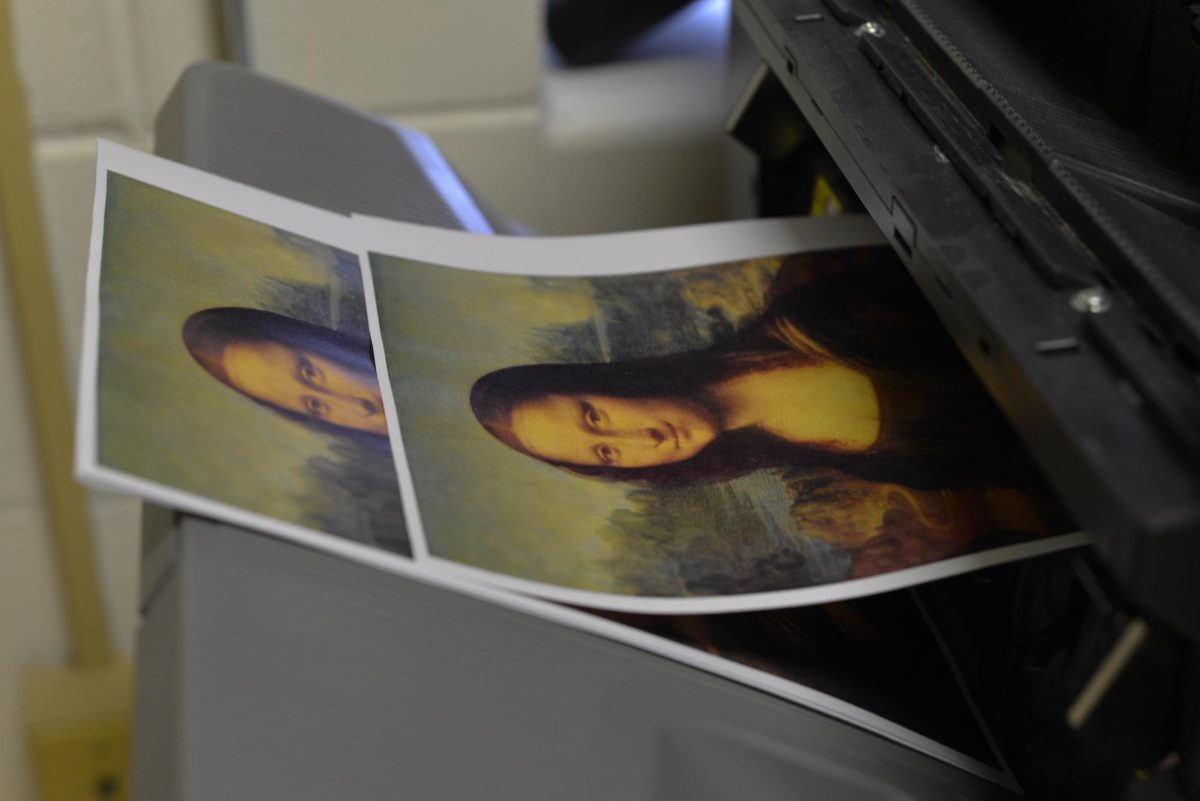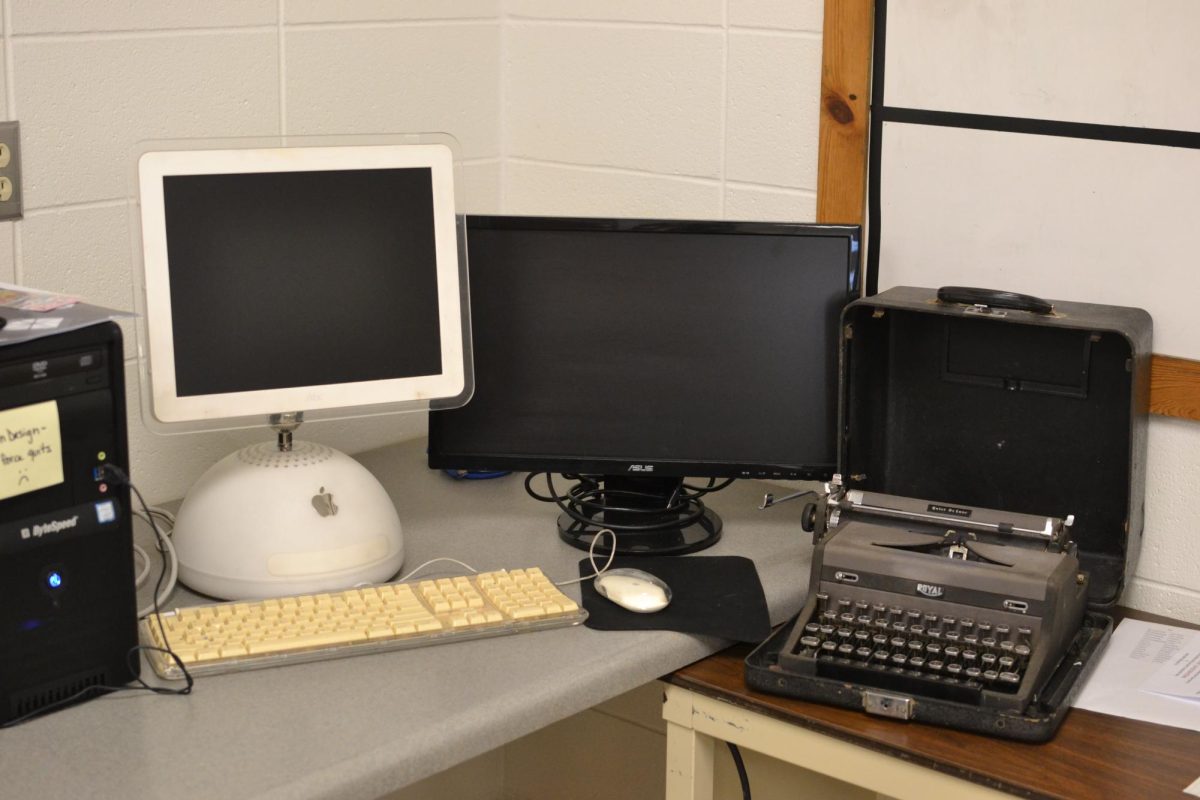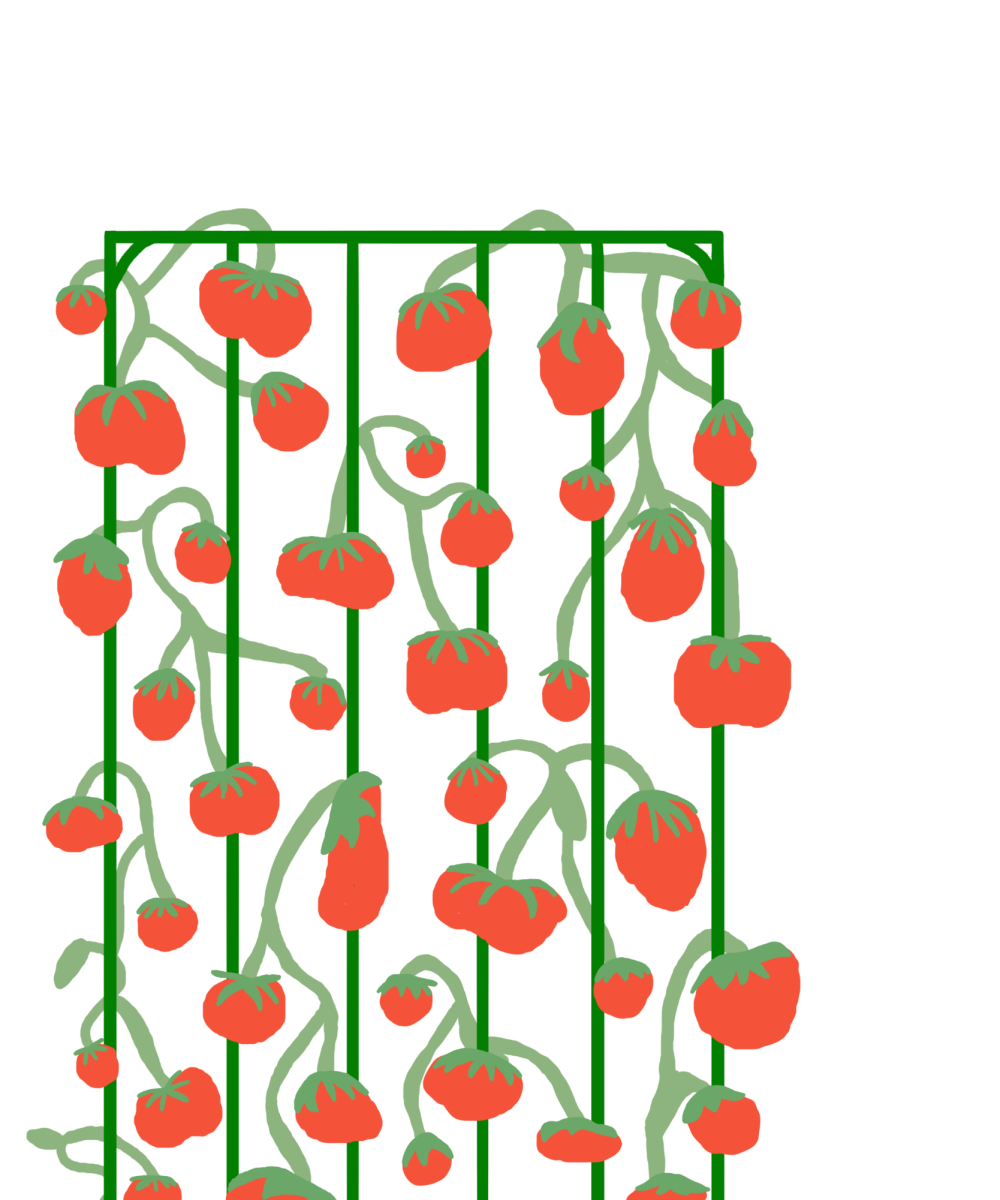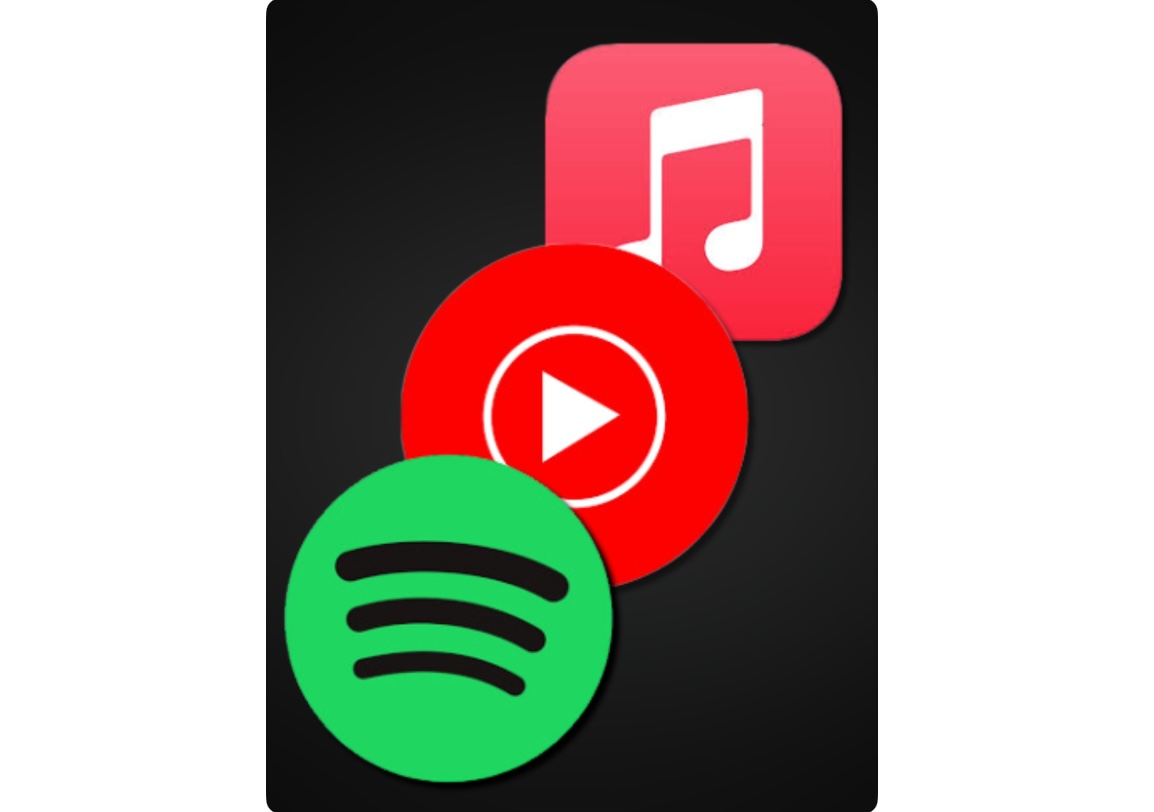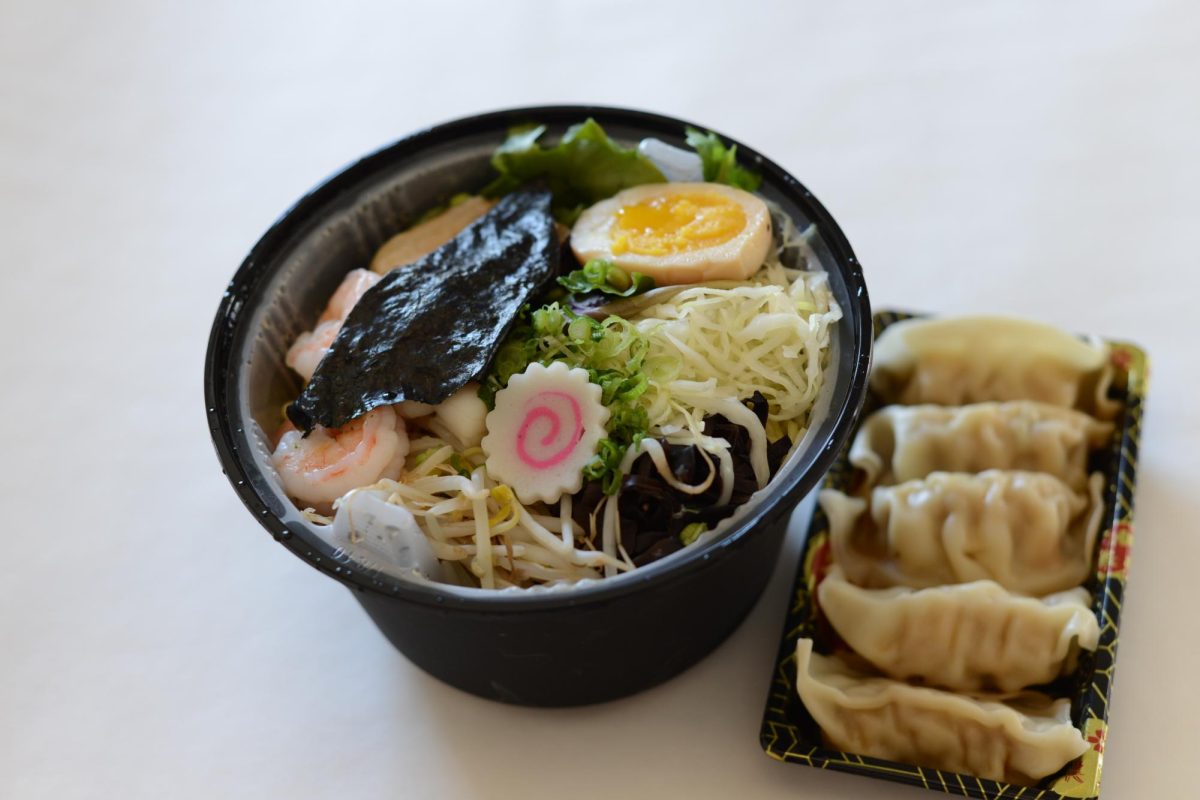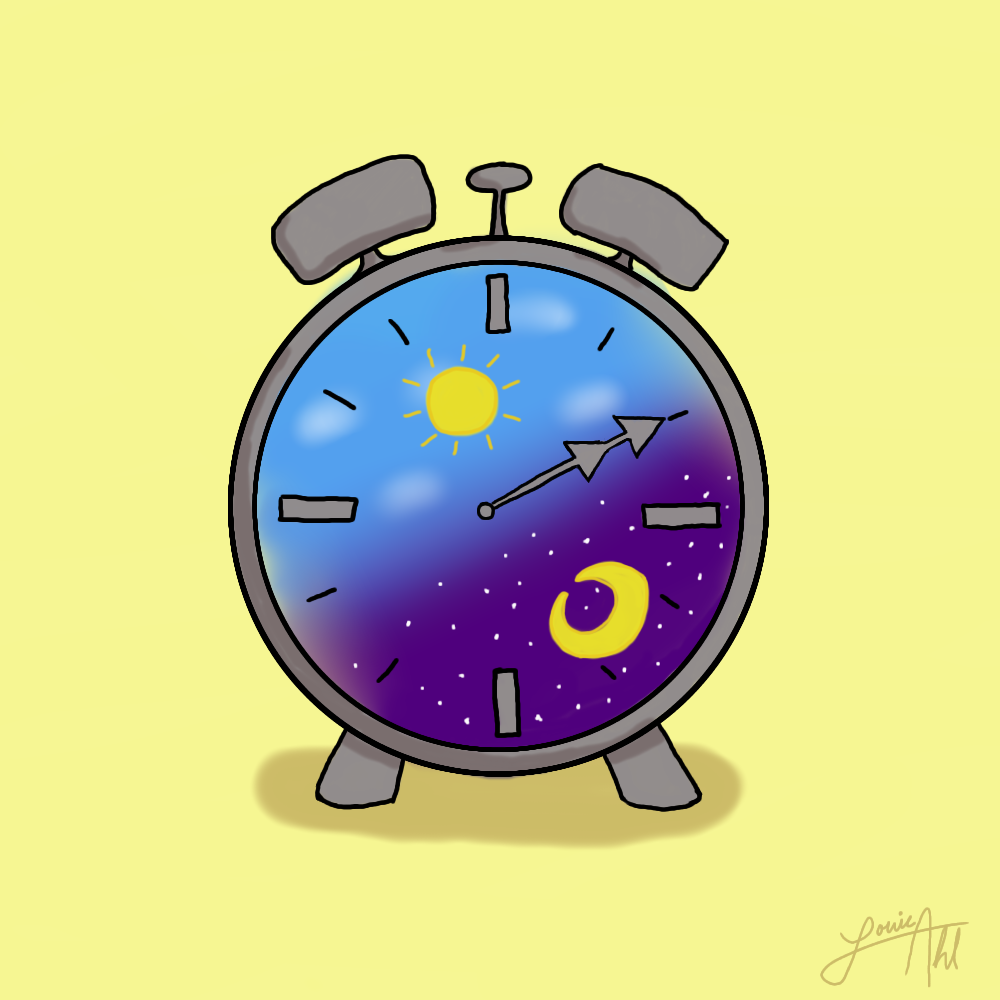Art is something we experience every single day. Murals are around every corner. We are forced to pick out what fashion trend to follow for each day. When we are on our phones, music and photography flood through our screens. When you turn on the TV, animation and storytelling is everywhere. Does this constant intake of art ruin art itself?
One of the most famous pieces of art is the Mona Lisa. This popularity caused companies to mass produce the Mona Lisa and put her on everything. Posters, socks, Legos, costumes and clothing are all things you can find the Mona Lisa on. These items are available because the Mona Lisa isn’t copyrighted so anyone can make their version of her. You can buy Mona Lisa holding a cat, the Mona Lisa dabbing, The Mona Lisa flexing, even Patrick Star as The Mona Lisa. All of this mass production and remakes can be found on Amazon where you can get them in a week or less. This mass production and remaking has removed the story of the Mona Lisa and has caused people to see this art piece as a joke.
Fashion is something we all partake in but where do we get our clothes? 74 million people use an app called Shein. “In the last few years, Shein has quickly become the world’s biggest player in fast fashion. The company sells clothing that is cheaply and rapidly produced, then sold at incredibly low prices — many items are under $10,” stated an article by Business Insider. According to the publication, “Shein gave fast fashion a whole new meaning by using AI technology to identify trends and an online-only model to churn out thousands of garments in record time.” This AI ruins the art itself by mass producing the same clothes just because it’s the latest trend. Then companies like Shien sell the clothes for super cheap. That leads to everyone looking identical. It causes a lack of flavor as we look out into the world.
Music is something that everyone loves because it comes in so many different variations; whether you like pop, country, rap, rock or indie, there is a genre for everyone. This art form has helped many social media sites like TikTok. On TikTok, people post videos, normally about 15 to 30 seconds, doing various activities like dancing or telling a story. This reduces the song to 30 seconds or less. For example, Billie Ellish came out with an album in 2021 called “Happier Than Ever.” “Eilish expanding musical palette includes crooners-era pop, electronica and pop-punk,” says an article by Time. “Eilish’s music has long been difficult to place into a neat genre box; she and Finneas have drawn from Soundcloud rap production, Laurel Canyon folk harmonies and techno. Happier Than Ever retains many of Eilish’s signature sounds—languid ballads, lingering, whispered syllables, dreamy synthesizer pads—while expanding outward into a disparate array of genres and eras.” The most popular song on this album was the title track “Happier Than Ever.” A Billboard article said, “Be sure not to form a take on this album’s title track until you’ve listened to it the full way through. In simpler terms, ‘Happier Than Ever’ wouldn’t have made it to the No. 1 spot on this list without its back half — a characteristically soft-voiced Eilish goes full punk rock mode in the final two minutes, complete with delicious electric guitar and super cathartic lyrics like ‘you made me hate this city!’ screamed at the top of her lungs.” “Happier Than Ever” is full of emotion but Tiktok took the bridge of the song and put it on everyone’s feed. This has caused the song to lose its story and the meaning of the album in its entirety.
These are just a few examples across artforms that point to our generation’s lack of appreciation for artistic storytelling. Taking in art that is mass produced, shortened, out of context, and instantly available destroys the story behind the art itself. One way to enrich your “palate” is to find the message behind the art. Stay up and listen to the whole album. Find your own style. Visit a local gallery. Stay awhile and appreciate the variety of flavors in this world full of art.



